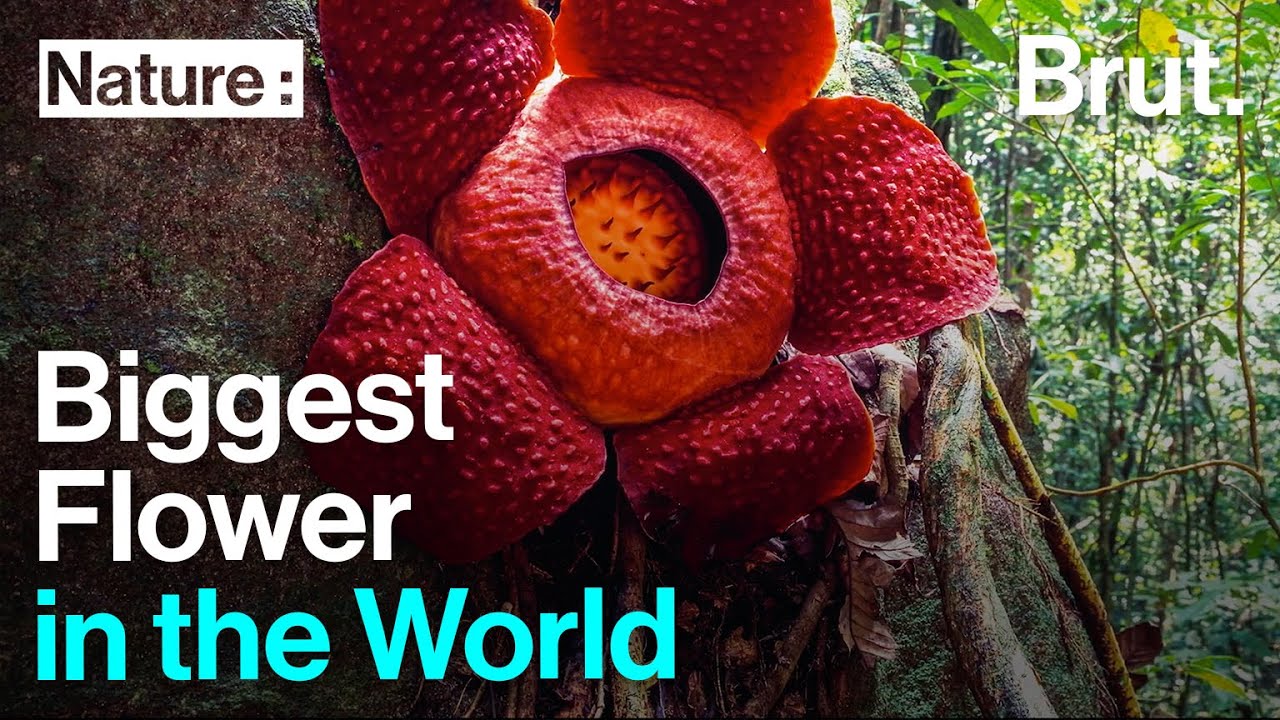Commonly known as the corpse lily, the ‘Rafflesia arnoldii’ is a rare flower found in the rainforests of Indonesia. Growing to almost a metre across, it’s a malodorous and parasitic plant, with no visible leaves or stem, and attaches itself to a host plant to obtain water and nutrients.
As the largest bloom in the world, the corpse lily’s reddish hue, warm temperature and intense odour are meant to attract insects that would feed on corpses. Dung beetles, flesh flies, and other carnivorous insects find the corpse flower to be the main attraction – they are all pollinators, tricked into thinking the large bloom is another decaying prey.
The corpse lily only emits odour for an extremely brief window of time. In fact, the bloom only lives long enough to attract pollinators – about 36 hours maximum. After the bugs have flown away with pollen on their legs, the flower collapses. Somewhere else in the forest, the process starts all over again.
View the original video here.
Good Living is the Cyprus Mail’s portal of curated content from across the internet, showcasing local and global ideas, cultural highlights, and scientific and technological developments to inspire a sustainable life.







Click here to change your cookie preferences